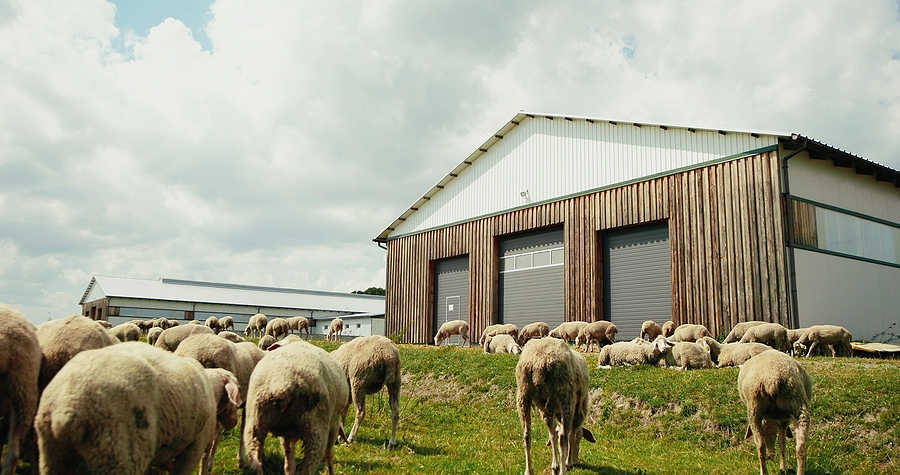
11 Oct What Are Wool Sheds?
Wondering what wool sheds are? They’re often known as shearing sheds. As you might have guessed, they’re large structures that are used for shearing activities on farms. In countries like Australia where sheep are often shorn for their wool, sometimes by the thousands, wool sheds are essential.
What are the functions of a wool shed?
Shearing quarters serve a variety of purposes. They’re used as locations for shearing sheep, housing equipment and housing and packing fleece.
Wools sheds usually contain a sheep penning area. Usually, before shearing, sheep are kept in the penning area of shearing sheds for two days in order to ensure that they are properly dried. Sheep that are wet or damp can be shorn and can present health problems for the people shearing them. Shearing sheds often provide warm shelter from the elements for sheep during the cold winter months or when it’s wet and rainy.
All shearing sheds also contain a shearing area. Ideally, this will not be far away from a chute where chutes release the sheep. Older styles of wool sheds often included a catching pen.
Shearing sheds also contain a wool room. Typically, there is an area that is located close to the shearing hands. Fleece is thrown onto a wool table ready for skirting, rolling, and classing before it is stored in preparation for being brought to market.
What’s important in wool sheds?
Good lighting is a must have in all wool sheds. Shed hands must have good lighting to be able to see what they’re doing. They also need to have good ventilation to ensure that fresh air is flowing in and to help manage the heat in wool sheds during the warmer month. Body heat from sheep and wool can made wool sheds very hot places.
Newer wool sheds
Shearing is starting to evolve. Modern versions are more modular and often use a three-pen design, withholding, catching, and shearing pens. Newer catching pens usually use a sloping floor so that sheep face away from the gates, ready to be caught and shorn.
Catching pens are now being angled in a way where the shearer does not need to move around a lot, helping to prevent back injury. Their equipment is also within easy reach on a flat top on top of the chute that delivers the sheep for shearing.
Telehandlers are used to load bales, ensuring maximum space efficiency. Improvements have also been made in terms of floor height and the steepness of chutes to prevent injury. Sheep are much less likely to get bruised up in a chute that isn’t too steep and doors are set at a height where workers won’t stub their toes.
At the front of the shed there is usually space for bathroom, kitchen, and lunchroom. Often there are also sleeping quarters around in case there is any risk that someone could fall ill and need a rest during the day.
Many shearing sheds also opt to include climate control to manage temperature as sheep tend to generate a lot of heat. When it comes to managing heat the orientation you choose matters.
If you’re considering adding a shearing shed to your property, or perhaps upgrading an existing one then you might want to think about what you need. There are a number of custom shed builders out there who can help you to build the shed that that best suit you. There are also some pre-fabricated options on the market that might suit your needs, although these often aren’t really designed with large commercial practices in mind.

Sorry, the comment form is closed at this time.